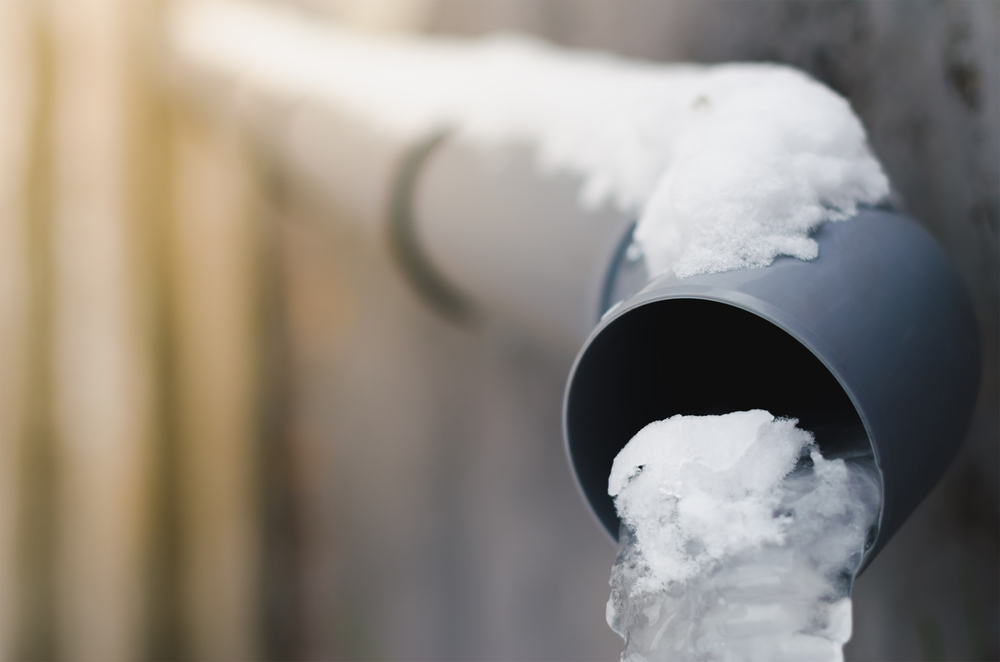What are your thoughts regarding How to Prevent Your Pipes From Freezing?

Cold weather can damage your pipes, specifically by freezing pipes. Here's how to avoid it from taking place and what to do if it does.
Introduction
As temperatures decrease, the threat of icy pipes increases, possibly resulting in pricey repairs and water damages. Comprehending exactly how to avoid frozen pipelines is crucial for property owners in cold environments.
Recognizing Frozen Pipes
What triggers pipes to freeze?
Pipelines freeze when subjected to temperatures listed below 32 ° F (0 ° C) for prolonged periods. As water inside the pipelines ices up, it increases, putting pressure on the pipe wall surfaces and possibly causing them to burst.
Dangers and damages
Icy pipelines can result in supply of water disturbances, residential property damages, and pricey repairs. Ruptured pipelines can flood homes and create substantial architectural damage.
Indications of Frozen Pipeline
Recognizing icy pipelines early can stop them from rupturing.
How to identify icy pipelines
Try to find lowered water circulation from taps, uncommon odors or noises from pipelines, and noticeable frost on revealed pipelines.
Avoidance Tips
Shielding vulnerable pipelines
Wrap pipes in insulation sleeves or use warm tape to secure them from freezing temperature levels. Focus on pipes in unheated or outside areas of the home.
Home heating techniques
Maintain indoor spaces effectively heated, particularly locations with pipes. Open cabinet doors to permit cozy air to flow around pipes under sinks.
Protecting Outside Pipes
Yard hoses and outdoor taps
Detach and drain pipes yard tubes before winter season. Set up frost-proof spigots or cover exterior faucets with shielded caps.
What to Do If Your Pipelines Freeze
Immediate actions to take
If you presume frozen pipelines, maintain taps open up to eliminate pressure as the ice thaws. Utilize a hairdryer or towels taken in warm water to thaw pipes slowly.
Long-Term Solutions
Architectural adjustments
Consider rerouting pipelines away from outside walls or unheated locations. Add added insulation to attics, cellars, and crawl spaces.
Updating insulation
Invest in high-grade insulation for pipelines, attic rooms, and walls. Proper insulation helps maintain consistent temperatures and minimizes the danger of frozen pipes.
Conclusion
Avoiding frozen pipelines calls for aggressive actions and quick responses. By understanding the reasons, indications, and preventive measures, homeowners can protect their pipes during winter.
6 Proven Ways to Prevent Frozen Pipes and Protect Your Home
Disconnect and Drain Garden Hoses
Before winter arrives, start by disconnecting your garden hoses and draining any remaining water. Close the shut-off valves that supply outdoor hose bibs and leave the outdoor faucet open to allow any residual water to drain. For extra protection, consider using faucet covers throughout the colder months. It’s also important to drain water from any sprinkler supply lines following the manufacturer’s directions.
Insulate Exposed Pipes
Insulating your pipes is an effective way to prevent freezing. Pipe insulation is readily available at home improvement stores and is relatively inexpensive. Pay close attention to pipes in unheated areas such as the attic, basement, crawl spaces, or garage. Apply foam insulation generously to create a buffer against the cold. You can also wrap your pipes in heat tape or thermostat-controlled heat cables for added warmth.
Seal Air Leaks
Inspect your home for any cracks or openings that could let in cold air. Seal any holes around the piping in interior or exterior walls, as well as the sill plates where your home rests on its foundation. Additionally, make sure to keep your garage door closed unless you’re entering or exiting. Leaving it open creates a significant air leak that can lead to frozen pipes.
Allow Warm Air Circulation
During cold snaps, it’s essential to allow warm air to circulate evenly throughout your home. Leave interior doors ajar to promote better airflow. Open kitchen and bathroom cabinets to help distribute heat consistently around the rooms. If you have small children or pets, be sure to remove any household chemicals or potentially harmful cleaners from open cabinets for safety.
Let Faucets Drip
A small trickle of water can make a big difference in preventing ice formation inside your pipes. When temperatures drop significantly, start a drip of water from all faucets served by exposed pipes. This continuous flow helps prevent the water from freezing. Additionally, running a few faucets slightly can relieve pressure inside the pipes, reducing the chances of a rupture if the water inside does freeze.
https://choateshvac.com/6-proven-ways-to-prevent-frozen-pipes-and-protect-your-home/

I am very curious about Prevent Frozen Pipes and I am praying you enjoyed reading my piece. Sharing is nice. One never knows, you could be doing someone a favor. Thanks for being here. Return soon.
Click Here